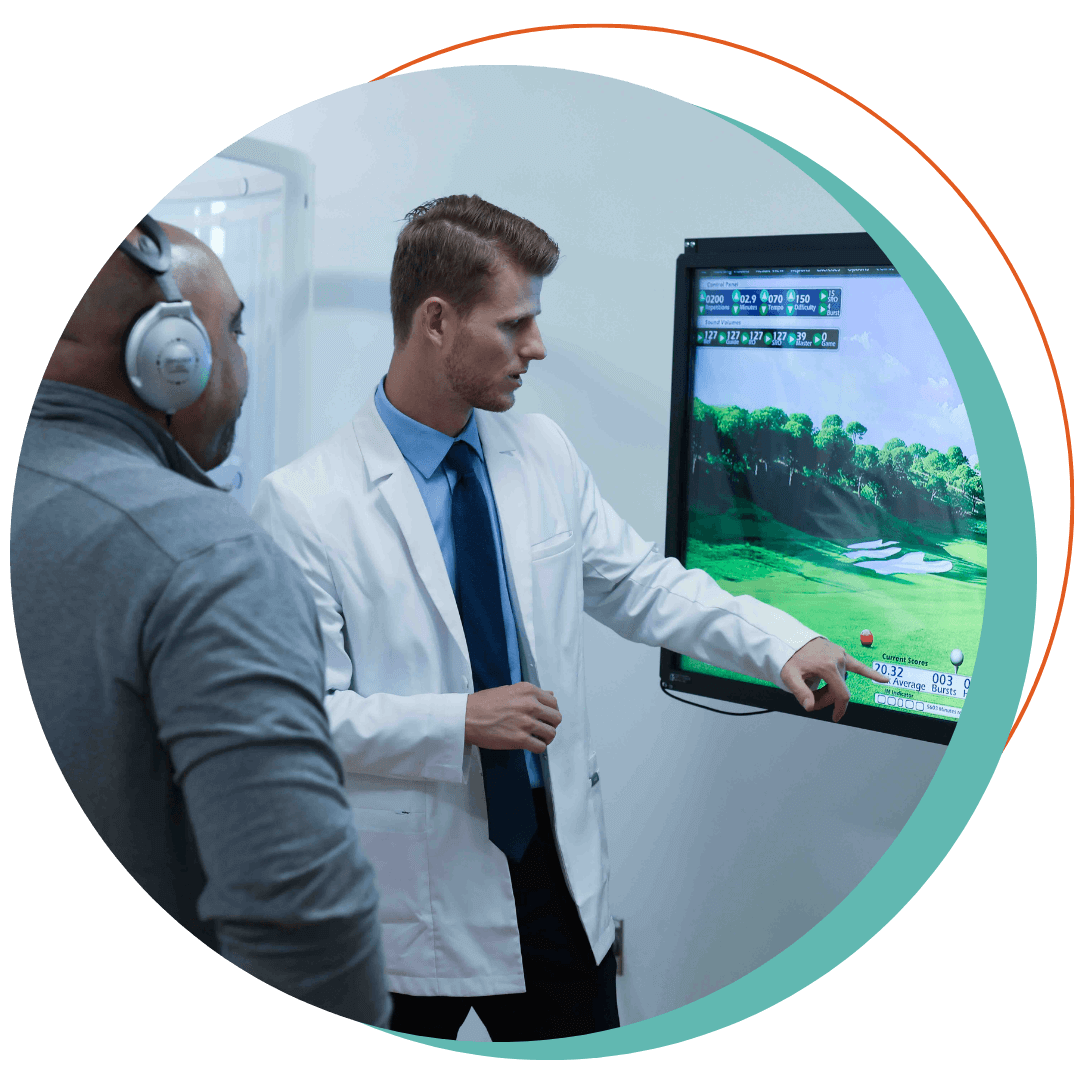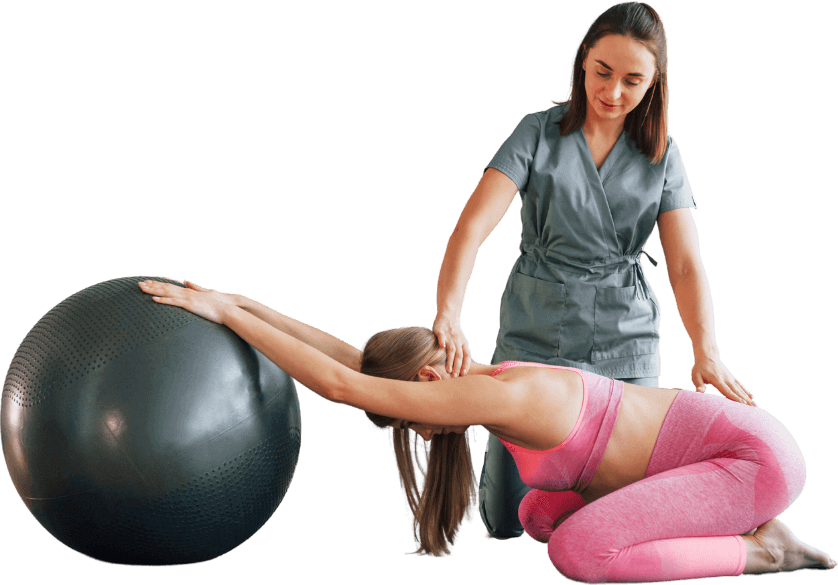The first fully integrated brain & body clinic, providing the best chance for breakthrough results.
Accelerate Recovery | Improve Function | Advance Performance



Here at Parker Performance Institute, we focus on providing innovative services. Our team is made up of specialists, in a 10,000 square foot facility using tools not found in most practices, such as:


Injury recovery, functional improvement, and performance optimization, built on the experience that gives you the best chance for breakthrough results.


3800 Gaylord Parkway, Suite 795
Frisco, TX 75034